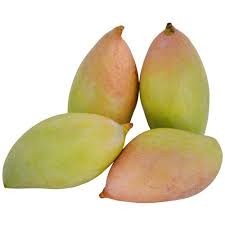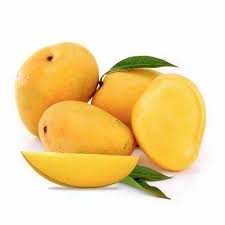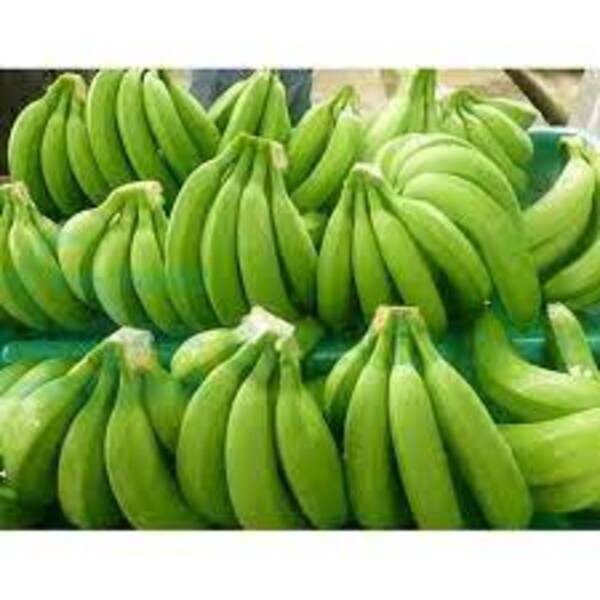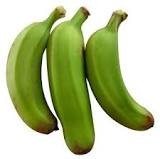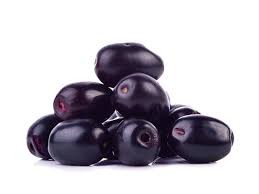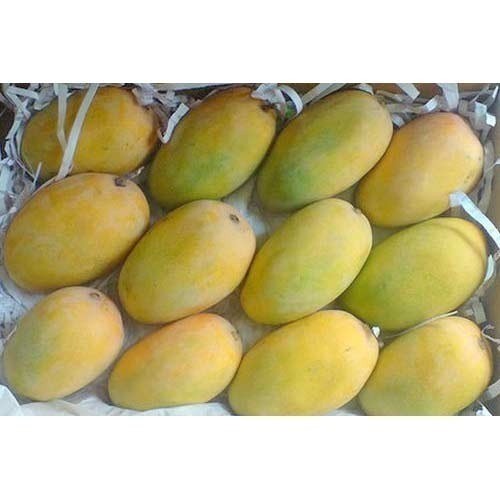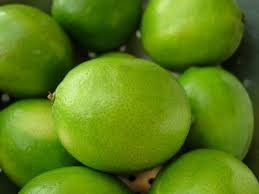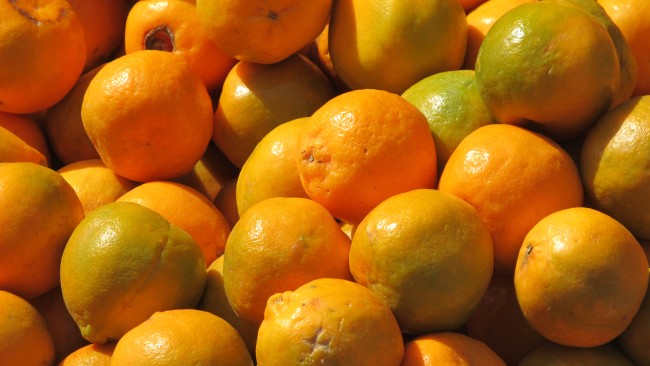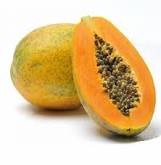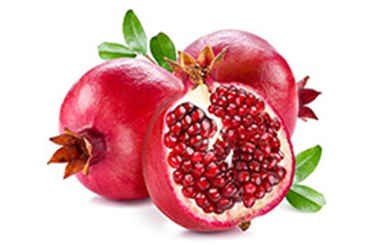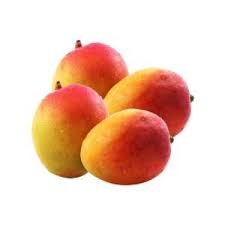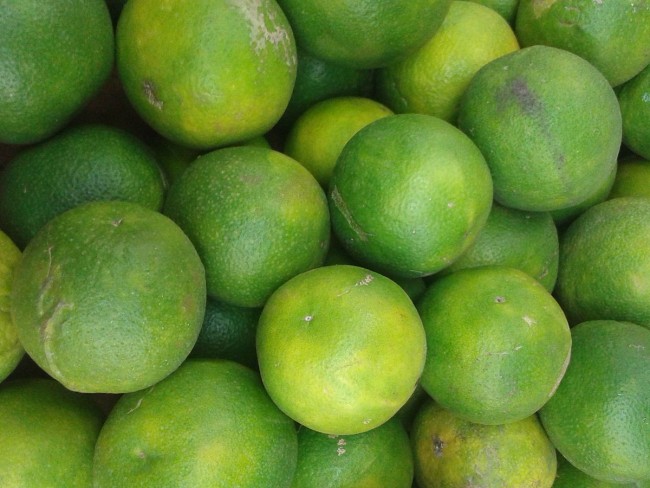TOTAPURI MANGO
Totapuri mango, also known as Ginimoothi mango or Karnataka totapuri, is a popular mango variety cultivated primarily in the southern regions of India, particularly in the state of Karnataka. It is named after its distinct parrot-beak shape, resembling a parrot's beak or nose.
The Totapuri mango is characterized by its large size and elongated shape, with a pointed end. Its skin is typically green when unripe, turning into a golden-yellow hue as it ripens. Unlike some other mango varieties, Totapuri mangoes maintain their greenish tinge even when fully ripe. The skin may have some light red blushes or spots, but it is generally smooth and firm.
The flesh of the Totapuri mango is firm and fibrous, with a tangy-sweet flavor and a hint of tartness. It is less juicy compared to other mango varieties, but its unique taste and texture make it well-suited for culinary purposes. Totapuri mangoes are often used in cooking, particularly in making chutneys, pickles, sauces, and preserves. They are also used to make mango pulp, which is a common ingredient in juices, beverages, ice creams, and desserts.
Totapuri mangoes are typically available during the summer months, with peak availability from April to July. While they may not be as popular for eating fresh due to their firm texture and tangy flavor, they are prized for their versatility in cooking and culinary applications.


